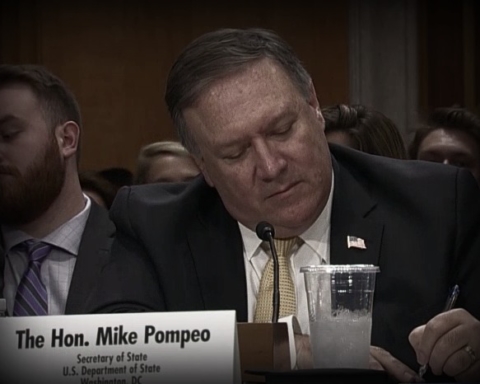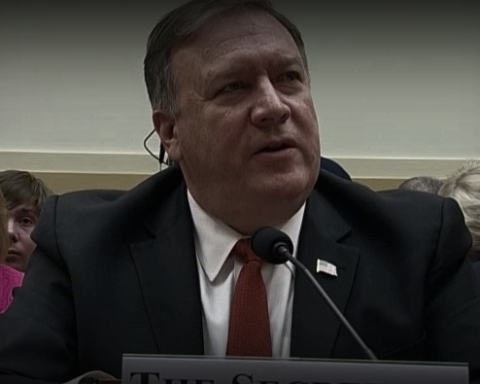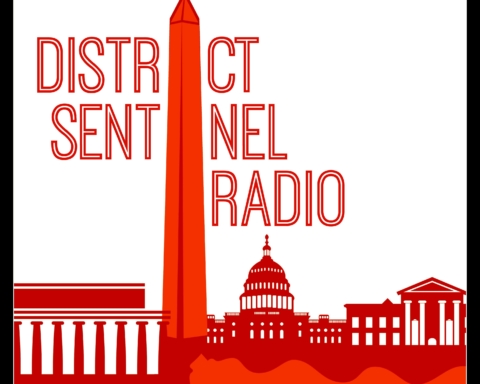Several Republicans have declared President Trump’s budget “dead on arrival” in Congress. But there are still a lot of shared goals in the document that could bring the two branches together—namely, the inflicting of pain on lower income Americans.
Trump’s blueprint includes hundreds of billions of dollars in cuts to Medicaid and public assistance programs. Disability benefits and food stamps would be slashed, energy and rental assistance programs for the poor and elderly would also be eliminated, along with student loan affordability measures.
Those drastic reductions, along with additional cuts to the State Department’s diplomatic mission and the EPA’s climate change mitigation programs would total more than $3.6 trillion in cuts over the next decade.
The funding would be redirected toward financing significantly reduced taxes for primarily upper income Americans, and a staggering boost in funding for the national security state.
Under the Trump budget, the Pentagon would see a 10 percent spending hike over the next decade. Border security operations would receive an additional $2.6 billion, with the majority of funding going toward construction of a wall along the Southern border.
The document also claims to balance the US budget within ten years based on inflated estimates of sustained three percent US economic growth.
Sen. Chris Van Hollen (D-Md.) described it as “totally fraudulent accounting” during an interview with MSNBC. “It’s a fake budget,” he added.
Senate Minority Leader Chuck Schumer (D-N.Y.) said the proposed deep cuts “carry staggering human cost.” He was optimistic, however, that the budget would be disregarded by lawmakers on the left and right.
“Based on what we know about this budget, the good news—the only good news—is that it was likely to be roundly rejected by members of both parties here in the Senate, just as the last budget was,” Schumer said.
It’s conventional wisdom in Washington that a president’s budget is “dead on arrival” in Congress—the body actually charged with managing government finances. Trump’s proposal, however, will likely receive a fair hearing among likeminded Republicans.
Speaker of the House Paul Ryan (R-Wisc.) said that Congress and the White House shared “common objectives.”
Objections to the budget raised by Sens. John McCain (R-Ariz.) and Lindsey Graham (R-S.C.) were also narrowly focused to exclude Trump’s attack on the poor. McCain claimed the proposed defense spending levels, though significantly increased, were not high enough. Graham decried the proposed cuts to the State Department’s budget.
Sen. Thom Tillis (R-N.C.) criticized the Trump budget for not going far enough to crush welfare programs. He suggested that Medicare and Social Security should be on the chopping block alongside Medicaid.
Looking at GOP budget proposals introduced last year, while President Obama was in office, there’s continuity in what Republicans tried to do in 2016 and what Trump wants to do today.
The prior year’s proposal included $3.7 trillion in cuts to programs for working class and impoverished Americans. An analysis by the Center on Budget and Policy Priorities noted that the plan derived 62 percent of its budget cuts from programs designed to assist low-income Americans.
The Trump administration is defending its budget, claiming that Americans most affected by its cuts don’t pay taxes–an often debunked rightwing talking point that ignores payroll taxes.
“This is, I think, the first time in a long time that an administration has written a budget through the eyes of the people who are actually paying the taxes,” White House budget director Mick Mulvaney said on Monday.







